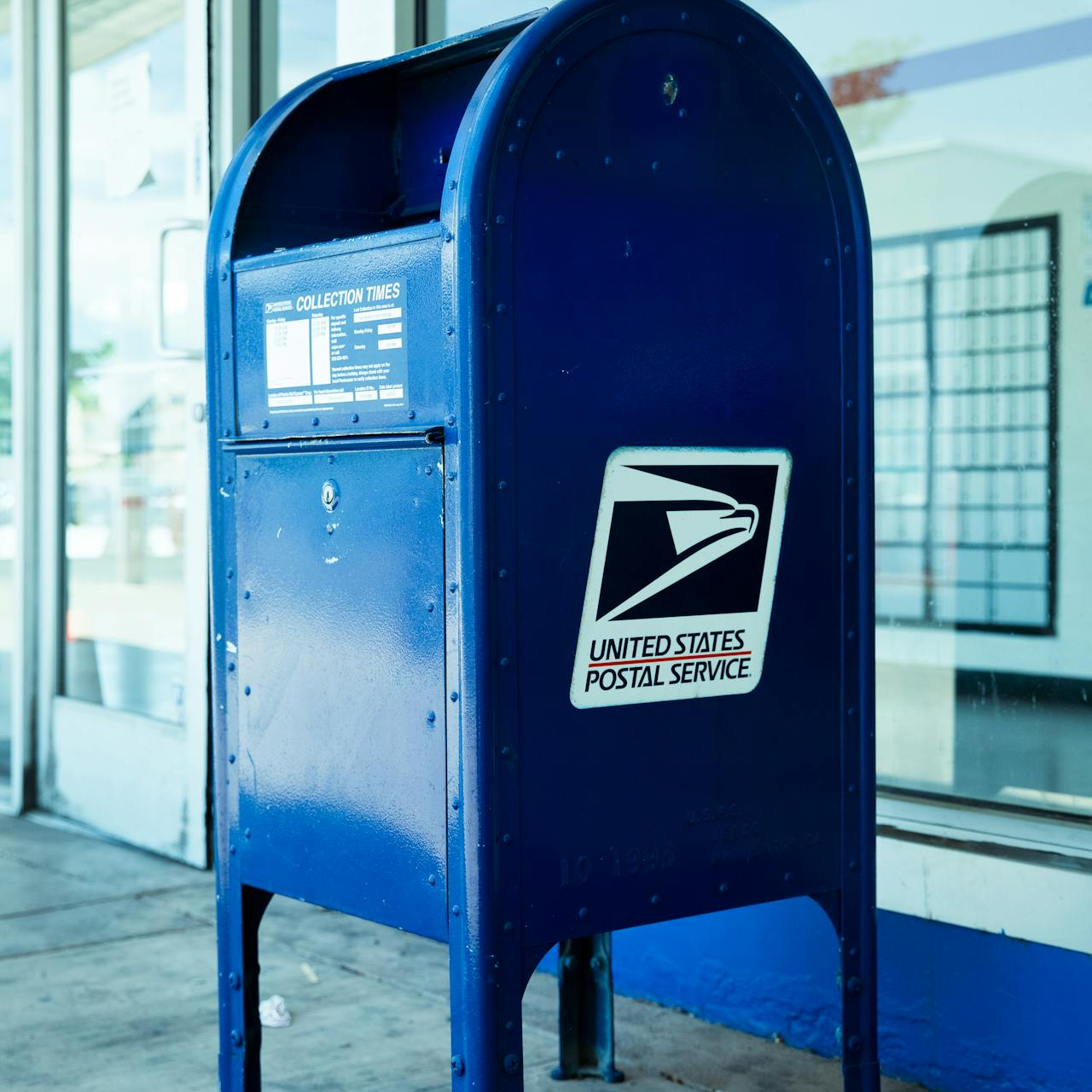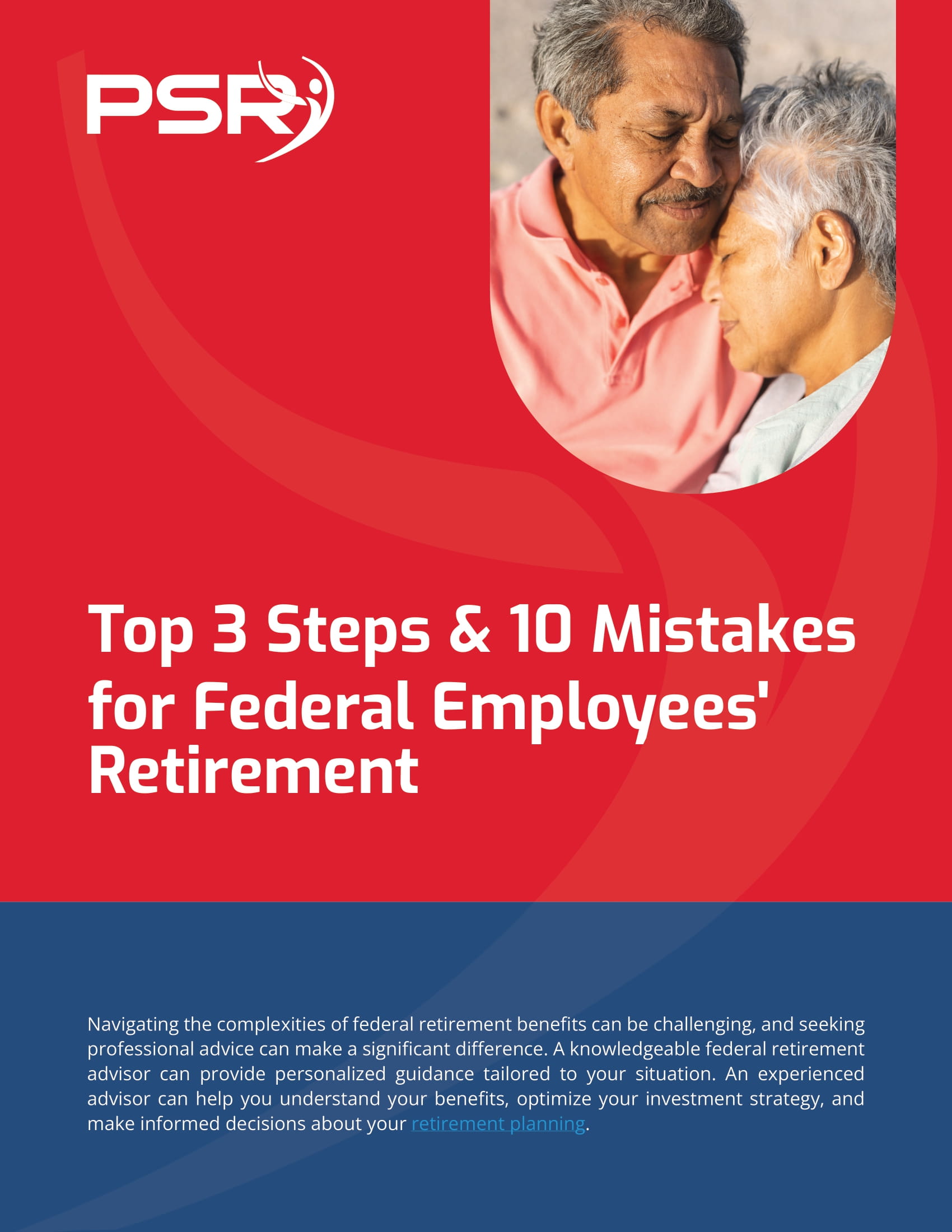Key Takeaways
-
Starting in 2025, Postal Service employees and retirees are no longer part of the Federal Employees Health Benefits (FEHB) Program but instead receive coverage under the new Postal Service Health Benefits (PSHB) Program.
-
Mandatory Medicare Part B enrollment rules now apply to many postal retirees and their family members, especially if they became eligible for Medicare after January 1, 2025.
Why Postal Benefits Are Different in 2025
- Also Read: Medicare Isn’t Just for Retirees—Here’s Why Federal Employees Should Still Pay Attention
- Also Read: FERS Changes You’ll Want to Know Before You File for Retirement
- Also Read: From Clocking In to Retiring Out: Postal Workers Are Asking These 3 Questions
This change stems from the Postal Service Reform Act, which was signed into law in 2022. The law established a new, dedicated health benefits program specifically for the postal workforce, aiming to stabilize long-term costs while aligning better with Medicare.
So what does this mean for your coverage in 2025 and beyond? Let’s break it down.
A New System With Familiar Elements
Although the PSHB program is new, it builds upon the structure of FEHB. Many of the plan types, benefits, and enrollment processes remain similar. However, some key differences affect your eligibility, Medicare coordination, and overall benefits.
Here’s what remains familiar:
-
You still enroll during the regular Open Season from November to December each year.
-
You can choose between Self Only, Self Plus One, and Self and Family coverage types.
-
Plans continue to include familiar options like HMOs and PPOs with varying cost structures.
But here’s what’s new:
-
PSHB is only available to USPS employees, annuitants, and eligible family members.
-
Your plan options are now limited to those specifically offered under PSHB.
-
Certain Medicare coordination rules now apply that didn’t before.
Who Is Covered Under PSHB in 2025?
If you’re a current Postal Service employee, you’re automatically enrolled in a PSHB plan as of January 1, 2025. The same applies if you’re a postal retiree and were previously enrolled in FEHB.
Family members continue to be covered under your PSHB plan as long as they meet eligibility criteria. However, if you were covered under a non-postal family member’s FEHB plan, that’s a different story—your eligibility doesn’t change.
Special Cases
Some postal retirees and survivors are exempt from switching to PSHB. These include:
-
Retirees who were 64 or older as of January 1, 2025
-
Those who retired on or before January 1, 2025 and are not eligible for Medicare Part B
-
Individuals living abroad or covered by VA or Indian Health Services
Medicare Part B: Now Required for Many
One of the biggest changes in 2025 is the requirement for many Medicare-eligible postal annuitants and family members to enroll in Medicare Part B in order to maintain full PSHB coverage.
If you turned 65 and became eligible for Medicare after January 1, 2025, and you want to keep your PSHB benefits, you must enroll in Medicare Part B.
This means:
-
You’ll pay the standard Part B premium (which is $185 per month in 2025)
-
If you do not enroll, you could lose access to certain covered services under PSHB
-
This rule also applies to Medicare-eligible covered family members
If you were already enrolled in Medicare Part B prior to 2025, you don’t need to take further action.
Prescription Drug Coverage Under PSHB
Prescription benefits have also changed for those who are Medicare-eligible. Starting in 2025, you’re automatically enrolled in a Medicare Part D Employer Group Waiver Plan (EGWP) linked to your PSHB plan.
This includes:
-
A $2,000 annual cap on out-of-pocket drug costs under Part D
-
A $35 monthly insulin cap
-
Access to a wider pharmacy network
-
No donut hole—once you hit the cap, your plan covers 100% of eligible drug costs for the year
If you decline this Medicare Part D coverage, you will not have drug coverage through PSHB, and re-enrollment may be restricted.
What to Expect During Open Season
Open Season for 2025 occurred from November to December 2024. During this time, you had the opportunity to:
-
Review your new PSHB plan options
-
Switch plans or change coverage types
-
Verify your Medicare enrollment to ensure eligibility for full PSHB benefits
If you didn’t take action, you were automatically enrolled in a plan that closely matched your 2024 FEHB plan.
Important: Limited Changes After Open Season
Outside of Open Season, you can only make changes to your PSHB enrollment due to a Qualifying Life Event (QLE), such as:
-
Marriage or divorce
-
Birth or adoption of a child
-
Loss of other health insurance coverage
Cost-Sharing and Premiums
While plan structures remain similar, PSHB plans have introduced some new cost-sharing expectations in 2025. In general, you’ll see the following:
-
In-network coinsurance: Ranges from 10% to 30%
-
Out-of-network coinsurance: Ranges from 40% to 50%
-
Primary care copayments: Typically between $20 and $40
-
Specialist visits: Between $30 and $60
-
Emergency room visits: Can range from $100 to $150
Deductibles vary based on the plan you select:
-
In-network deductibles: $350–$500 for low-deductible plans, $1,500–$2,000 for high-deductible plans
-
Out-of-network deductibles: Range from $1,000 to $3,000
Out-of-pocket maximums in 2025:
-
Self Only: $7,500
-
Self Plus One and Self & Family: $15,000
How PSHB Affects Other Federal Benefits
The transition to PSHB only impacts your health insurance. Other benefits remain unchanged:
-
FEDVIP: You can still enroll in vision and dental plans through the Federal Employees Dental and Vision Insurance Program.
-
FEGLI: Life insurance benefits under the Federal Employees’ Group Life Insurance Program are unaffected.
-
FSAFEDS: Flexible Spending Accounts continue for eligible active employees.
-
FLTCIP: The Federal Long Term Care Insurance Program remains in place, although it is still suspended for new enrollees as of early 2025.
Resources for Support and Decision-Making
Several resources are available to help you make informed decisions in this new landscape:
-
The official Office of Personnel Management (OPM) website provides plan comparisons.
-
USPS annuitants can visit KeepingPosted.org to view plan details.
-
Active employees use the LiteBlue portal to manage their benefits.
-
A PSHB Navigator Help Line is also available for questions.
It’s important to evaluate your options carefully during Open Season and stay current with Medicare requirements if you are age 65 or older.
What to Do Now
If you’re an active USPS employee, continue monitoring your LiteBlue account and any USPS HR communications. If you’re retired, check your PSHB plan documents and Medicare status. Annual changes in premiums, coverage, and formularies are likely, so reviewing your plan every year during Open Season is crucial.
If you’re newly Medicare-eligible in 2025, be proactive about enrolling in Part B to maintain full PSHB benefits.
Staying Ahead of Postal Benefit Changes in 2025
The Postal Service Health Benefits Program is here to stay, and understanding it is essential to protecting your retirement healthcare. With new Medicare integration rules, prescription drug caps, and specific enrollment timelines, the way you manage your benefits requires attention and timely action.
For any questions or personalized support, speak to a licensed agent listed on this website who can guide you through your options and ensure you meet all the new requirements in 2025.








